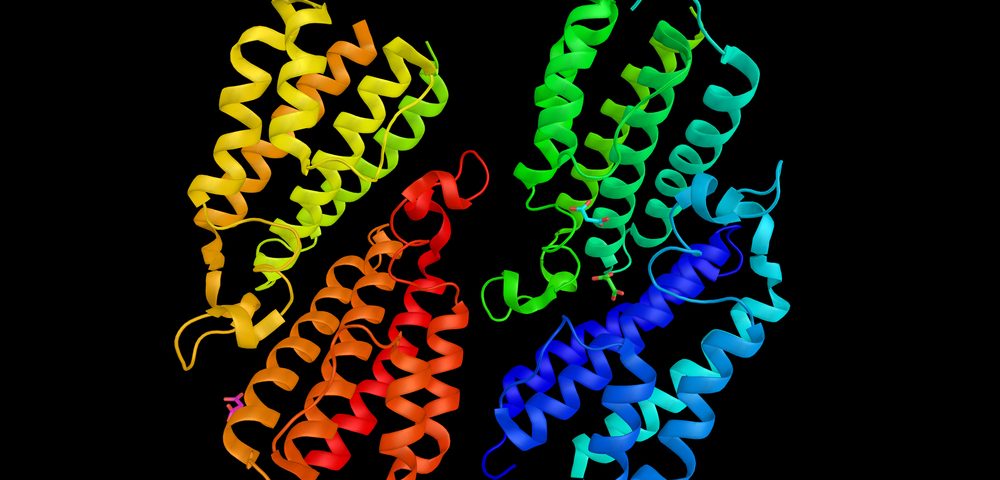Enzyme replacement therapy (ERT) can help restore the normal organelle recycling processes that happen in cells, improving energy production in Gaucher and Fabry disease patients, a study has found.
The study, “Impaired autophagic and mitochondrial functions are partially restored by ERT in Gaucher and Fabry diseases,” was published in PLOS One.
Gaucher disease is caused by mutations that affect the functioning of glucocerebrosidase, while Fabry is caused by those that affect the function of α-galactosidase A. These two proteins play a key role in lysosomes — organelles that “recycle” unneeded proteins or organelles in cells — and seem to affect how mitochondria — which provide energy crucial for the normal functioning of cells — are handled when damaged.
Researchers at the Lysosomal and Rare Disorders Research and Treatment Center in Virginia examined how ERT — which delivers healthy copies of the defective enzymes to patients — affected these mechanisms in Gaucher and Fabry patients.
They collected blood cells from 34 Gaucher patients and 21 Fabry patients as well as from healthy individuals used as controls. They then analyzed these cells for markers of organelle recycling, a process known as autophagy, and mitochondrial function.
Cells from Gaucher patients had fewer vesicles with organelle recycling functions, and cells from both groups of patients had fewer proteins involved in autophagy, suggesting that these cells had less ability to recycle their components.
To support their findings, the researchers treated the cells with rapamycin, which normally induces organelle recycling in cells. However, cells from Gaucher patients did not produce more recycling vesicles or autophagic markers in response to rapamycin.
The researchers then analyzed mitochondrial function and found that cells from Gaucher and Fabry patients had more of a protein that maintains the structure of mitochondrial DNA, but had poorly functioning mitochondria and produced less energy.
They then looked at cells from Gaucher and Fabry patients who received ERT just before blood collection. These cells seemed to have more normal recycling processes and better functioning mitochondria than cells that had not received ERT.
For example, some Gaucher cells treated with ERT made more energy, indicative of improved mitochondrial function.
This study supports the idea that mutations in lysosomal enzymes can have far-reaching consequences for cellular activity but that ERT may be able to help to alleviate these changes — at least in the short term.
However, according to the researchers, “how long the ERT restores lysosomal function and whether it can correct cellular abnormalities remains unclear.”


